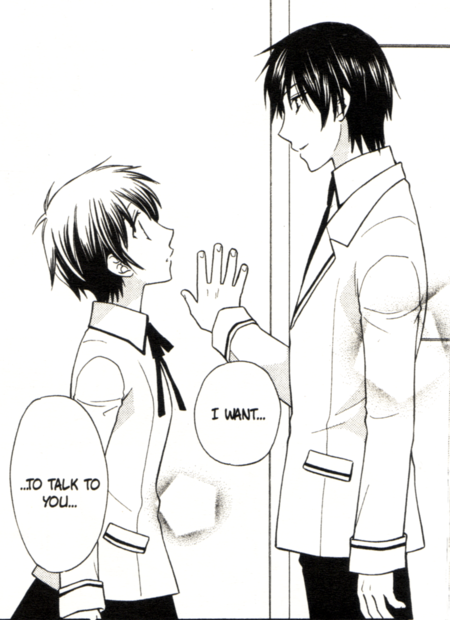 Man, I miss CMX. They had an awful lot of cute, short shoujo series, most of which were thankfully published in their entirety before the company’s tragic demise. One of these is the two-volume March on Earth by Mikase Hayashi. It’s a quiet little story and worth checking out, especially if you’ve burnt out on action or angst and just want to read about people being kind and helping each other out for a while.
Man, I miss CMX. They had an awful lot of cute, short shoujo series, most of which were thankfully published in their entirety before the company’s tragic demise. One of these is the two-volume March on Earth by Mikase Hayashi. It’s a quiet little story and worth checking out, especially if you’ve burnt out on action or angst and just want to read about people being kind and helping each other out for a while.
The basic premise is somewhat implausible. Fifteen-year-old Yuzu Takamiya was raised by her teenage sister Tsubaki after their parents passed away, and now that Tsubaki has died in a car accident, it’s up to Yuzu to raise her two-year-old nephew, Shou. The city welfare guy has paid them a visit, but has allowed Shou to remain in Yuzu’s care, largely because their friendly landlady, Mrs. Kusano, is around in a supervisory capacity.
Yuzu goes to school while Shou is in daycare, but she’s never able to participate in any clubs or go on class trips. “Sometimes I’m vaguely jealous of their carefree lives,” she notes. “Even though I chose this path myself.” The chapters are largely episodic, as Yuzu must overcome her fear of cars to get Shou to a doctor, or contend with budget constraints while still providing Shou with a happy Christmas. Even though it’s tough for her to manage all of this, Shou’s adorableness—and the final picture book her sister completed prior to her death—helps remind her what she’s doing it all for.
 Eventually, she meets Shou’s father, Takatoh, and together they begin to develop a sense of family. Yuzu also comes to rely more and more on Seita, the neighbor who has long had feelings for her (she’s one of those romantically obtuse heroines) and who is always there when he’s needed, like when Yuzu feels trapped and unable to pursue her dream of becoming a lawyer. In fact, one of the overall themes of the story is that people are fundamentally good and will be there to help you, whether it’s nice ladies in the supermarket who will buy the strawberries (or “stwawbewwies,” as Shou calls them) your nephew supposedly damaged or the schemey girl in class who will nonetheless look after Shou when he gets lost on a camping trip. Yuzu certainly wants to repay the kindness of others, but she’s not too proud to accept help.
Eventually, she meets Shou’s father, Takatoh, and together they begin to develop a sense of family. Yuzu also comes to rely more and more on Seita, the neighbor who has long had feelings for her (she’s one of those romantically obtuse heroines) and who is always there when he’s needed, like when Yuzu feels trapped and unable to pursue her dream of becoming a lawyer. In fact, one of the overall themes of the story is that people are fundamentally good and will be there to help you, whether it’s nice ladies in the supermarket who will buy the strawberries (or “stwawbewwies,” as Shou calls them) your nephew supposedly damaged or the schemey girl in class who will nonetheless look after Shou when he gets lost on a camping trip. Yuzu certainly wants to repay the kindness of others, but she’s not too proud to accept help.
I like Yuzu and Seita, but the real star of March on Earth is Shou. Now, I admit that he is a totally idealized version of a toddler. He does have a few flare-ups of disobedience, but for the most part he’s simply sweet and loving all the time. He has a speech impediment, gets dressed in cute outfits, and is impossibly delighted with a miniature version of the toy he really, really wanted for Christmas. No real kid could possibly be this angelic. But who cares? This is warm-fuzzy manga; relax.
Is March on Earth going to rock your world? No. But it might put a smile on your face.
March on Earth was published in English by CMX and is complete in two volumes.
Review copies provided by the publisher.

























Recent Comments